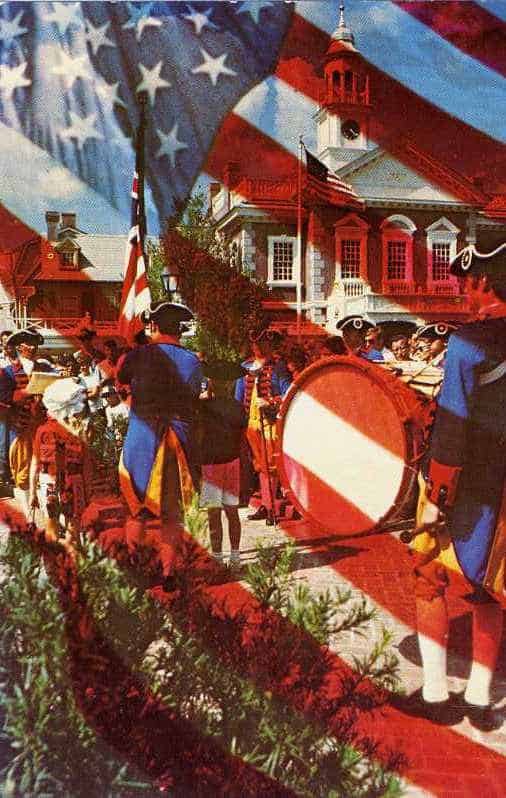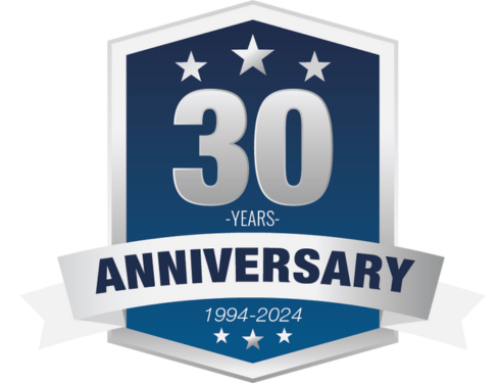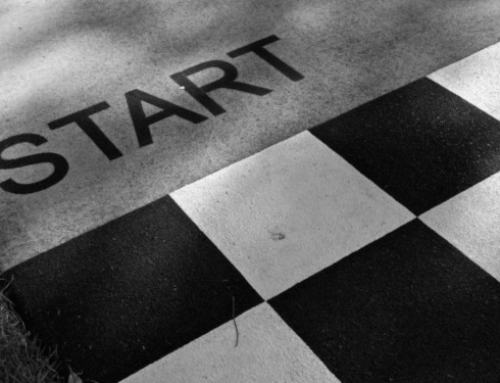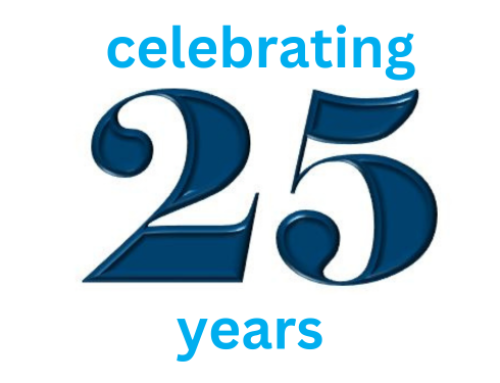Before the time of the Internet and cell phones, where anyone could take a few minutes to post a picture of their whereabouts for the whole world to see and when communication wasn’t instantaneous, postcards were able to provide a quick message in a unique way. The acknowledgement of postcards in modern-times is basically non-existent, but during the height of postcards, close to 700 million postcards were mailed in a few years. Today, postcards are seen more of a collectors or novelty item rather than using them to relay a quick and cheap message. Dating back nearly 150 years in the mailing industry, postcards have a rich history not many know about.
What is a postcard?
A postcard is a cheap, creative, and quick way to send a letter without an envelope domestically or to almost any other country in the world for no more than $1.00. Historically they have been used to send a message whether it be personal or advertising and have been a novelty item that could be collected. Throughout history the dimensions for a standard postcard stayed between 5 and 6 inches in length and 4.25 and 3.5 inches in height where the size of an international postcard is between 9.25 and 5.51 inches in length and 4.72 and 3.54 in height. Postcards have been dated back to as early as 1840 in Germany and steadily made their way around the world.
America’s first postcard
On May 1st, 1873 the United States government issued the first postcard that was developed by the Morgan Envelope Factory out of Springfield, Massachusetts. These cards featured the Interstate Industrial Exposition that can be seen below.
Originating in Germany these postcards were more convenient for the public due to having a pre-stamp that allowed the card to be sent without a traditional stamp for a quicker way to communicate through the post. Some saw postcards as a threat to the art of long letter-writing due to the fact postcards were mainly sent with quick excerpts. These messages were straight to the point with the main subjects varying greatly from news of death, birth, a new job, or a recent purchase. Up until 1898 only the US government were able to produce postcards and sell them labeled “postcards”. After 1898, the Private Mailing Card Act changed in May to allow private entities to produce their own as well as start calling them “postcards” instead of the “souvenir cards” name they previously had to carry.
Golden Age of Postcards
The use of postcards in the United States peaked in the years 1907 to 1910 where some 667 million were mailed and manufacturing competition was fierce. With so many printers trying to find their niche in the market consumers could find an enormous variety of subject matter to help them stand out. During this “golden age” of postcards consumers no longer just saw postcards as a way of communication, but as a form of entertainment. Americans could collect and send postcards to friends and family across the country and expect some in return. This boom in the manufacturing and peak use of postcards was short lived. During this time, German printers supplied the majority of postcard until World War I started and the United States had to print their own. The change from German to United States printers meant that the quality fell and to save ink, a white border was introduced.
During this time postcards adapted to their standard form we still see today, a two section back with the writing area on the left section and the address on the right section.

A more modern postcard using a photochrom-style depicting liberty square at Disney World. (http://collections.carli.illinois.edu/cdm/singleitem/collection/nby_teich/id/5281/rec/6)
In 1931 manufacturers were able to develop postcards into a card stock with a high rag content that were printed on linen as opposed to paper. These changes to the manufacturing meant that brighter and more realistic colors and photos could be used. These linen postcards were used until 1945 where a photochrom-style was adapted and has continued to be used in the mainstream to this day. Photochrom style are in color, use the whole side of the postcard and closely resemble actual photographs.
Postcards created its own culture that will last in some form long into the future. While the peak of postcards was over 100 years ago, they are still readily available to consumers if sought out. Before the current age of instant communication postcards did the job of allowing people to connect. Wedding plans, birth, death, or news of a new purchase were all common to send since postcards were the simplest and cheapest way to stay in contact with friends and family. Even though postcards don’t have the same allure they once did, they made a stand through the century and are still here today.
For more information regarding the history of postcards throughout the world take a look at some of the URL’s below:
A not so Concise History of the Evolution of Postcards in the United States
Wish You Were Here!: The Story of the Golden Age of Picture Postcards in the United States









Leave A Comment
You must be logged in to post a comment.